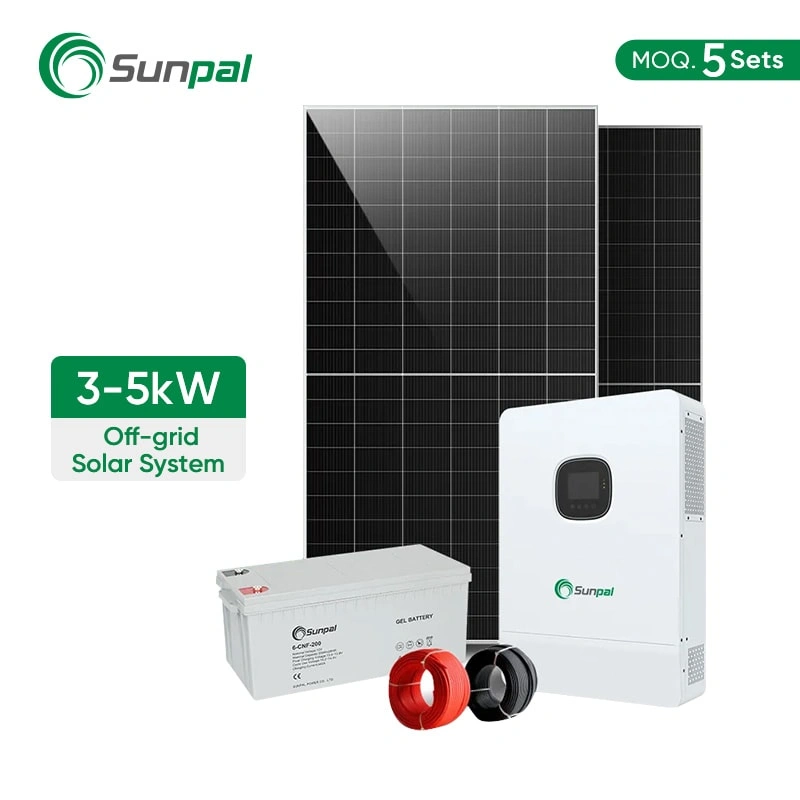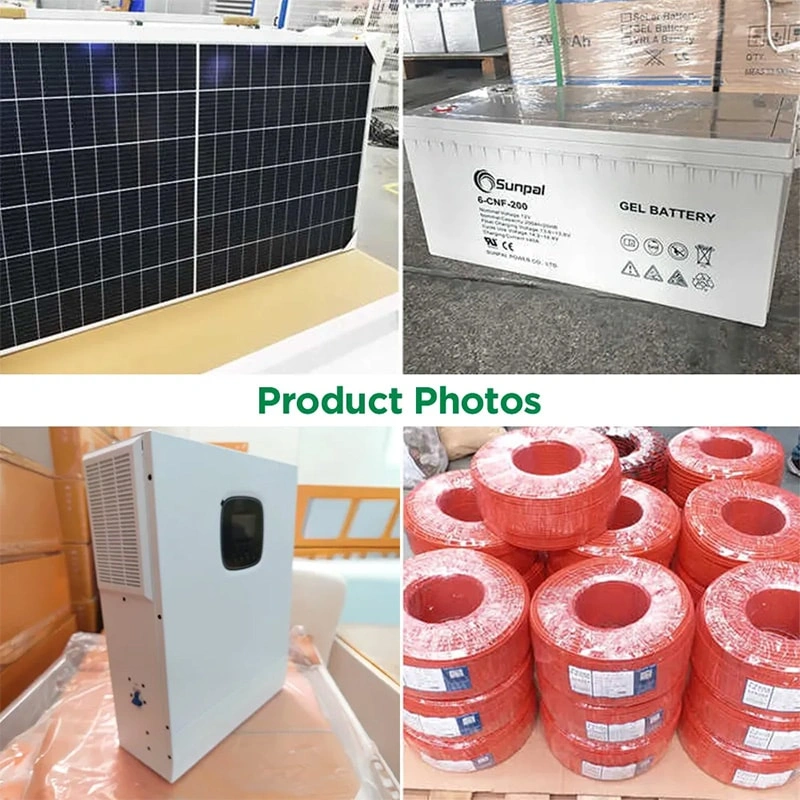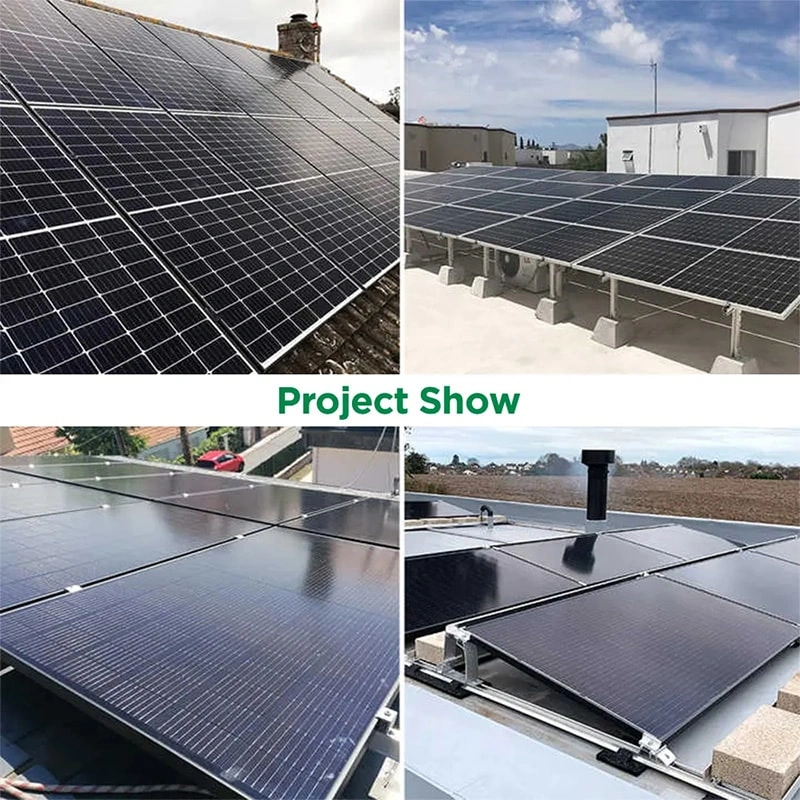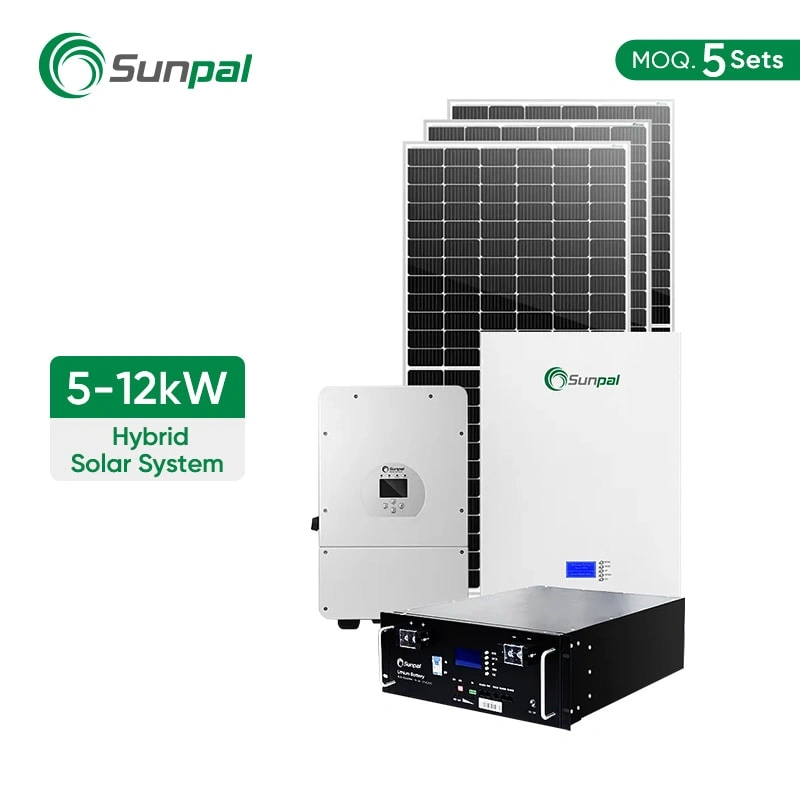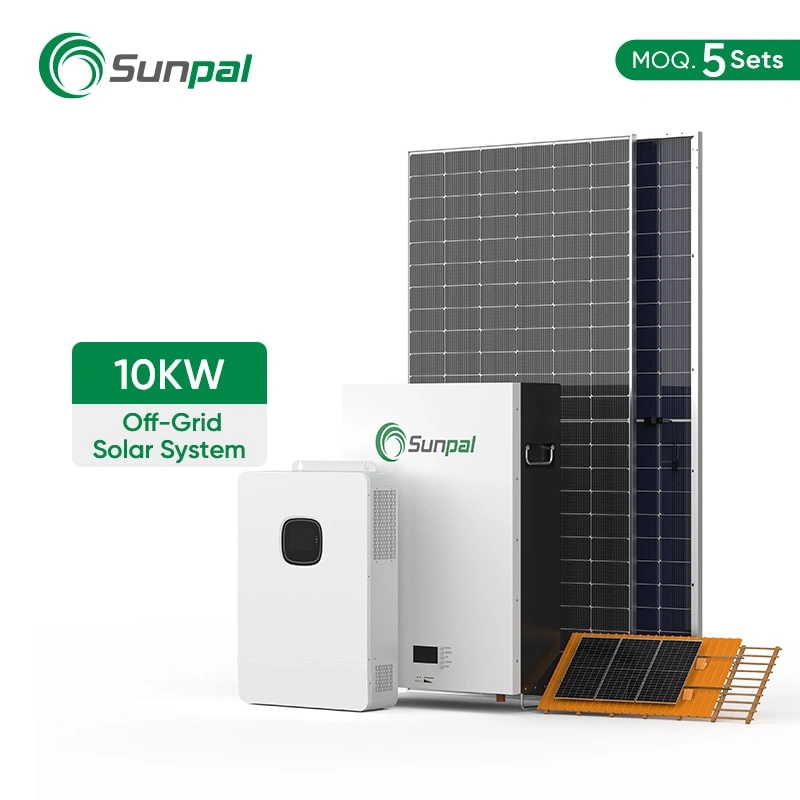To meet a monthly electricity demand of 300 kWh, a DC solar panel array with a capacity between 2.7 kW and 3.2 kW is typically required (assuming 4-5 hours of peak sunlight per day and a system loss rate of 15%-25%). New Jersey's local guideline, each installed kilowatt of solar capacity generates approximately 1,200 kWh annually. Therefore, to meet an annual electricity demand of 3,600 kWh, a system of roughly 3 kW is needed.
1. Detailed Capacity Calculation Method (also applicable for B2B/large systems)
300 kWh ÷ 30 days = 10 kWh/day
2. Estimate Peak Sun Hours (PSH) for Your Location
This value represents the number of hours per day that solar panels operate at their full rated power output. In the United States, typical values range from 3 to 6 PSH depending on geographic location. Most areas in New Jersey average around 4.5 PSH. Specific values can be obtained using solar irradiance maps or tools such as NSRDB or PVWatts.
3. Account for system losses/derating
No system achieves 100% efficiency. Typical losses include:
Inverter conversion losses
Cable (DC/AC) losses
Module mismatch/degradation
Temperature/thermal losses
Effects of soiling, shading, dust
Inverter clipping or shutdown
Actual derating factors should range between 0.75 and 0.85 (representing 15–25% losses). Prioritize installer estimates if available.
4. Calculate Required DC Array Capacity
Required DC size (kW) = Daily kWh demand ÷ (PSH × derating factor)
Beispiel:
Storage duration = 5 hours, derating factor = 0.80 → Required capacity = 10 ÷ (5 × 0.80) = 2.5 kW
Storage duration = 4 hours, derating factor = 0.80 → Required power = 10 ÷ (4 × 0.80) = 3.125 kW
In practical applications, intermediate values are typically used, such as ~2.7–3.2 kW.
5. Verify Using Local Empirical Rules
In New Jersey, a 1 kW solar system generates approximately 1,200 kWh annually.
Annual electricity consumption = 300 × 12 = 3,600 kWh
Required power = 3,600 ÷ 1,200 = 3.0 kW
This result aligns with the above estimate after accounting for losses.
6. B2B/Large-Scale System Optimization Approach
DC/AC Capacity Ratio/Over-Design Factor: Set DC module capacity to 1.1–1.3 times AC inverter capacity to boost generation under low irradiance, though this may cause power curtailment during peak periods.
Seasonal Fluctuations/Buffer Capacity Design: Add 10–20% redundant capacity if high electricity demand occurs during low-sunlight months (winter).
Inverter Efficiency and Clipping Losses: Inverter efficiency may fall below 100% under specific loads. When module output exceeds inverter ratings, overcapacity leads to power clipping.
Physical Constraints/Shading/Orientation: If portions of the roof are shaded or poorly oriented, increase capacity or optimize layout.



